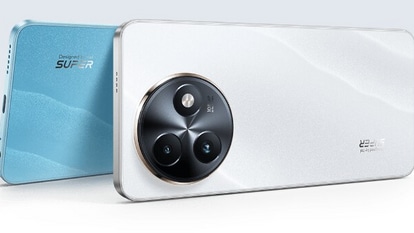Microsoft says, "India amongst top 3 countries originating IoT malware"
Microsoft unveiled the third edition of its Cyber Signals Report which features Internet-of-Things (IoT) and Operational Technology (OT).
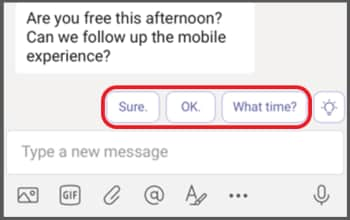
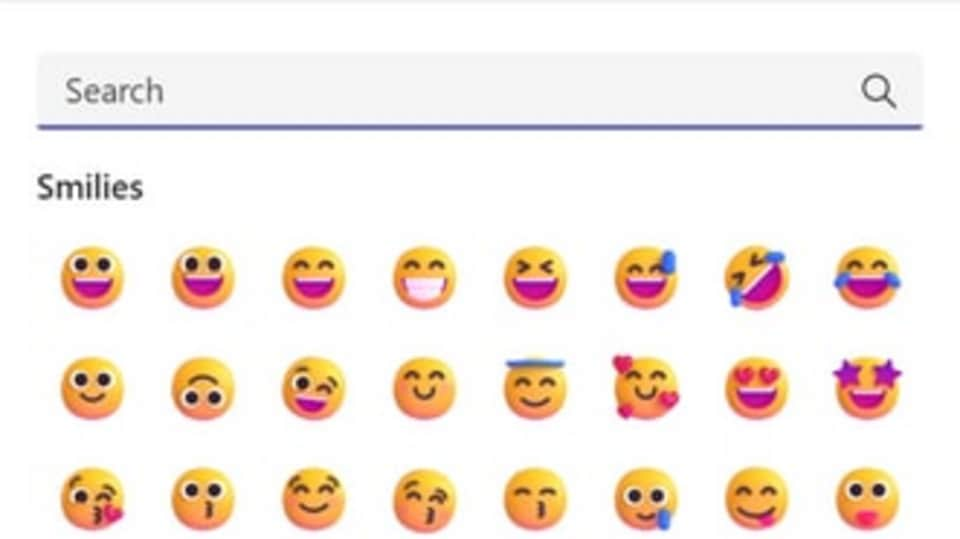
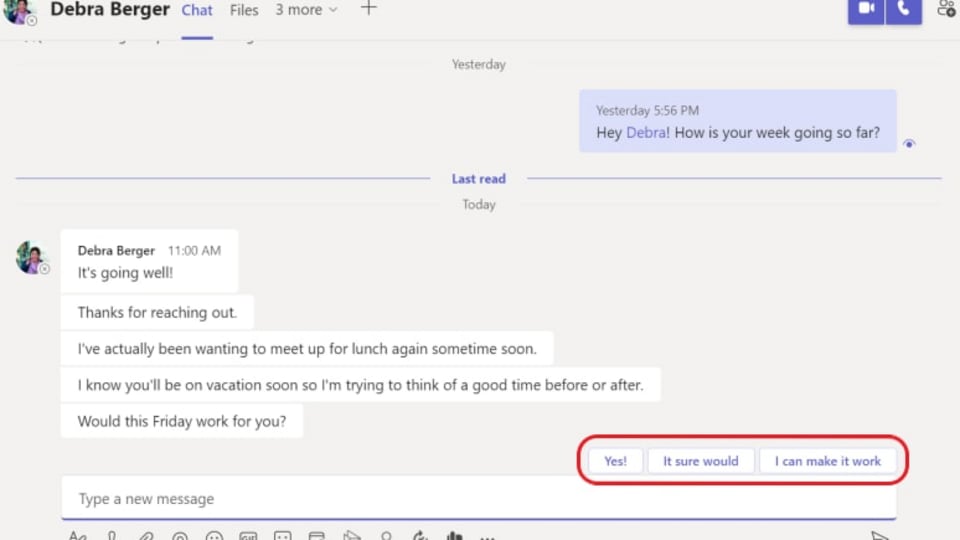
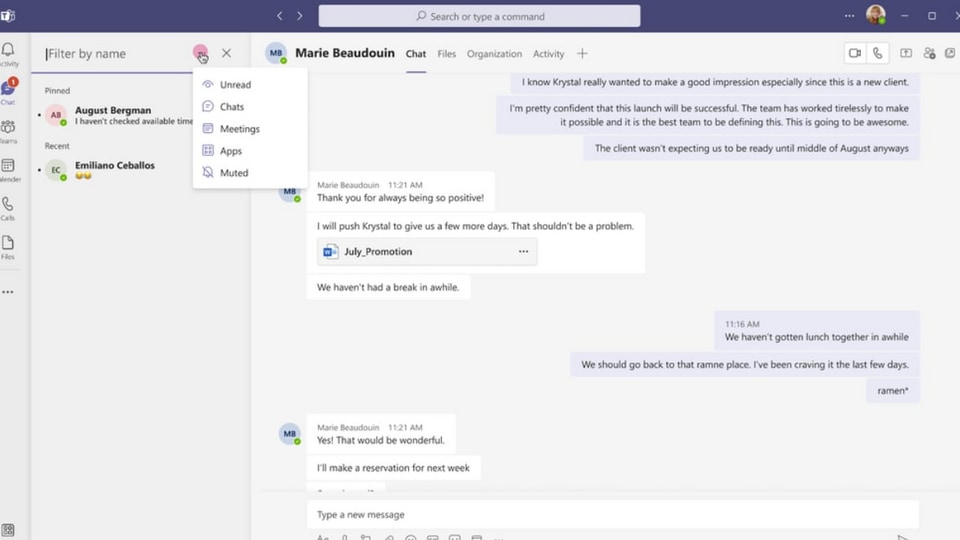

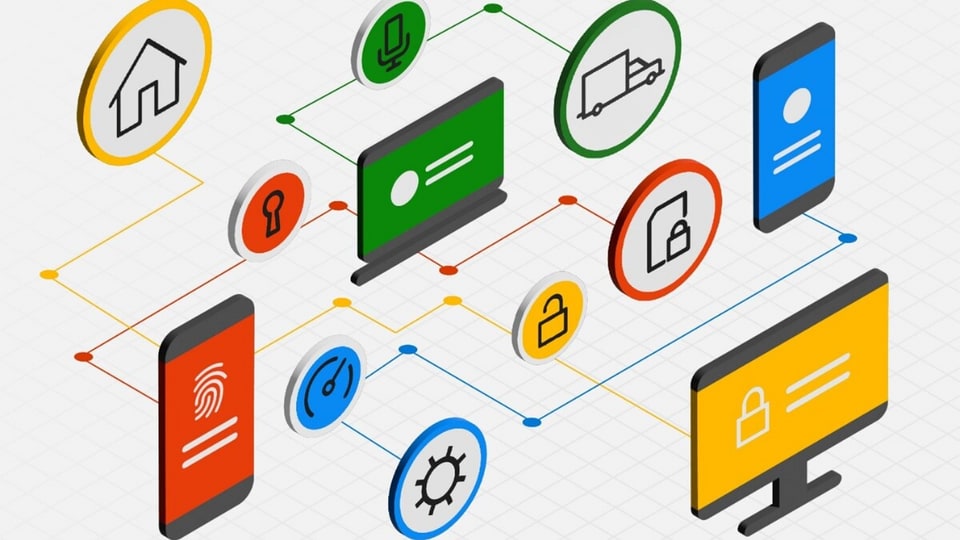
 View all Images
View all ImagesIt is a big wake-up call. A study by Microsoft says that India is amongst the top 3 countries originating IoT malware. Microsoft unveiled the third edition of its Cyber Signals Report which features Internet-of-Things (IoT) and Operational Technology (OT), highlighting Microsoft's insights on the rise of cyber risks to critical infrastructure. The Report also offers insights on the current threat landscape, focusing on recent trends, attacks, and strategies.
Vasu Jakkal, corporate vice president, security, compliance, identity, and management at Microsoft, said: “As OT systems underpinning energy, transportation, and other infrastructures become increasingly connected to IT systems, the risk of disruption and damage grows as boundaries blur between these formerly separated worlds.”
Therefore, the cyberthreat landscape is real and security is the need of the hour. Through this report, Microsoft aims to help security specialists prevent potential incidents.
Key highlights:
Rising OT and IoT threats:
1. Today, we see OT devices all around us. They include building management systems, fire control systems, and physical access control mechanisms, like doors and elevators.
2. With increasing connectivity across converging IT, OT, and IoT, organizations and individuals need to rethink cyber risk impact and consequences.
3. Microsoft identified unpatched, high-severity vulnerabilities in 75% of the most common industrial controllers in customer OT networks.
Sophisticated attack techniques:
1. Advanced attackers are leveraging multiple tactics and approaches in OT environments. Many of these approaches are common in IT environments but are more effective in OT environments, like discovery of exposed, Internet-facing systems, abuse of employee login credentials.
2. Modern threats like sophisticated malware, targeted attacks, and malicious insiders are difficult for traditional security measures to contain.
Zero Trust strategy is the key:
1. Older operating systems often don't get the updates required to keep networks secure. Therefore, prioritizing IT, OT, and IoT device visibility is an important first step for managing vulnerabilities and securing these environments.
2. Across the customer networks Microsoft monitors, 29 percent of Windows operating systems have versions that are no longer supported. Versions such as Windows XP and Windows 2000 are still operating in vulnerable environments. Microsoft also observed over 1 million connected devices publicly visible on the Internet running Boa, an outdated and unsupported software still widely used in IoT devices and software development kits (SDKs).
Catch all the Latest Tech News, Mobile News, Laptop News, Gaming news, Wearables News , How To News, also keep up with us on Whatsapp channel,Twitter, Facebook, Google News, and Instagram. For our latest videos, subscribe to our YouTube channel.























